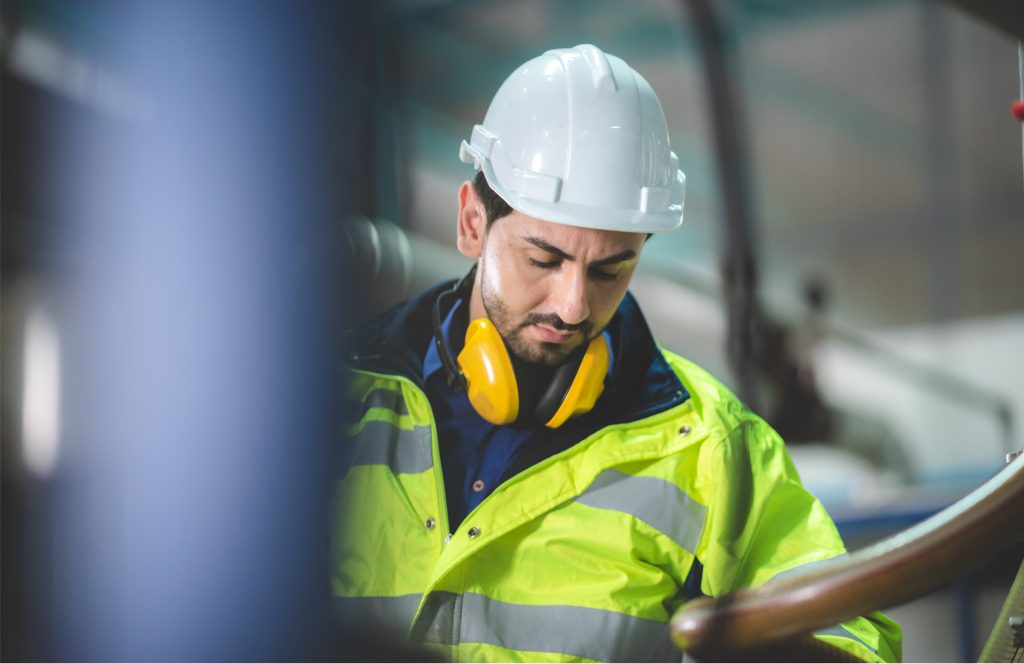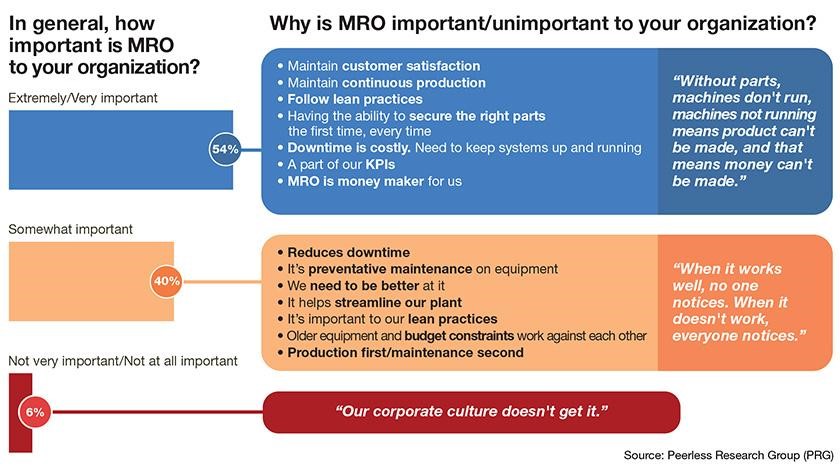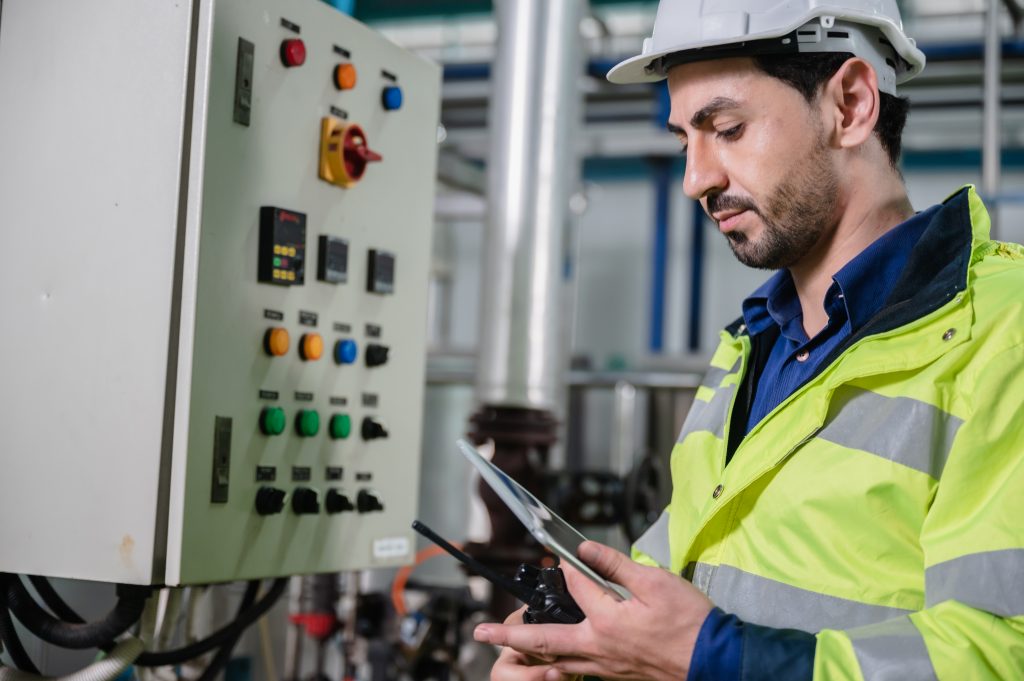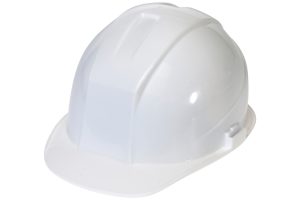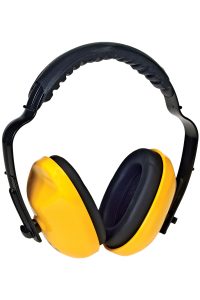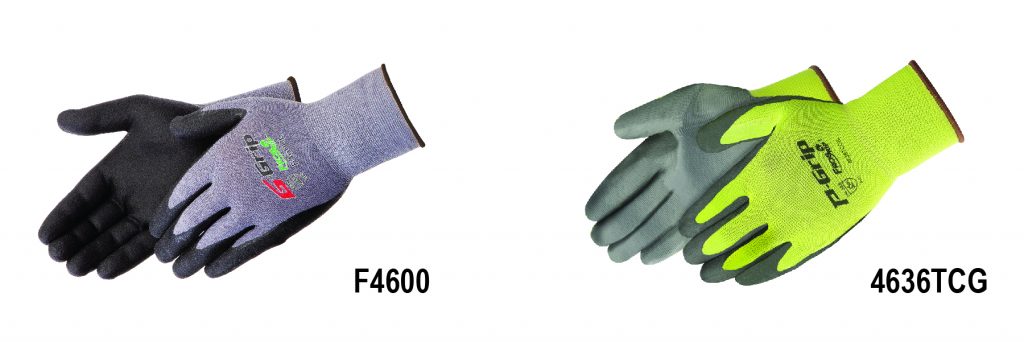
Despite its benefits, many safety professionals find that enforcing the proper use of PPE is a task that takes too much time and effort. And because it includes a wide range of clothing and equipment, it can become unmanageable quickly.
Before throwing in the towel, consider taking some practical steps in the space you can control—the worksite. Building a work environment that encourages the consistent and proper use of PPE will make it a lot easier.
Below are six ways to get started that will set your worksite and workers up for success.
1. Perform a Worksite Assessment
A company that cares about its workers puts a continuous emphasis on safety. However, no matter how safe you are, hazards exist in every workplace.
The Occupational Safety and Health Administration (OSHA), says employers are responsible for:
- Performing a “hazard assessment” of the workplace to identify and control physical and health hazards.
- Identifying and providing appropriate PPE for employees.
The hazard assessment starts with a walkthrough of the facility to develop a list of potential risks.
But, that list should not be your only focus. Safety expert Dr. Rob Long says in his safety blog that when observing the workplace, look for higher-order goals like trust, respect, and workers’ knowledge. Dr. Long adds that speaking with the workers and getting their input on PPE is also essential.
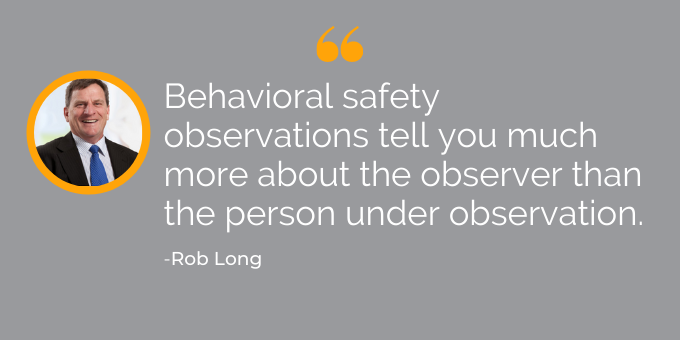
OSHA provides a self-evaluation tool that will help you organize and analyze the information and then be able to determine the types of PPE that will be most appropriate.
2. Include Workplace Signage
Workplace signage can have a surprising impact on workplace safety. It offers a regular reminder to think about safety and wear the necessary PPE, such as hardhats and high-vis vests. Another benefit of including signage on workplace processes and PPE is it can demonstrate how and when workers should wear the protection.
“Although safety signs and warnings are low on the hierarchy of controls, they are an important part of communicating with employees about the hazards in the workplace,” says Diana Stegall, executive vice president of Rivendell Safety Consulting in an article for the American Society of Safety Professionals blog.
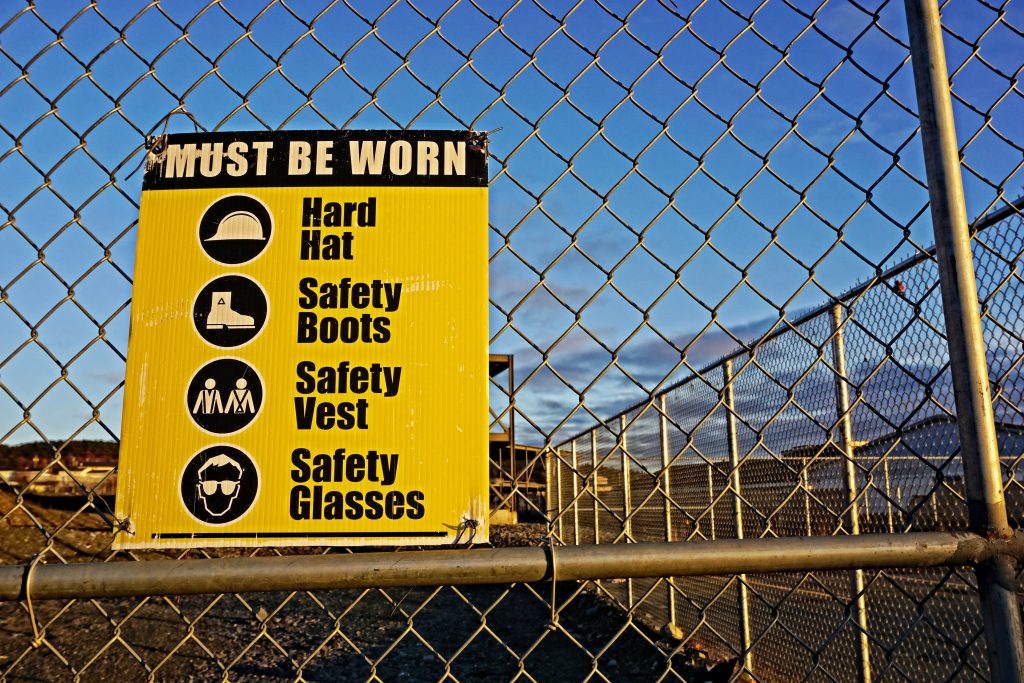
Caption: “Signs that are well-positioned and take into consideration the hazard ‘audience’ can be very effective in communicating a hazard and serving as a reminder when no one else is around.” – Diana Stegall, Rivendell Safety Consulting
The ANSI/NEMA Z535 series of standards establish requirements for the look and use of safety signage. This includes color-coding, sign size, text size, and viewing distance. For example, the standard states yellow should be in signage where minor or moderate hazards are present, orange for more severe hazards, and red for the most severe hazards.
3. Allow for Education and Training
One of the main reasons workers don’t wear the right PPE comes from a lack of training. They either aren’t aware of the benefits or the possible dangers that could occur when it’s not worn. Instead, workers and management often think they can just rely on “common sense” to make decisions about safety.
“The idea of ‘common sense’ simply means ‘fly by the seat of your pants,’ or ‘work it out by yourself,’” says Safety professional Rob Long in his article Common Sense is Non-Sense,
And as he points out, that is no way to run a worksite. Education, training, and developing a well-rounded safety culture to encourage consistent PPE use is the better option.
If PPE is to be used, a PPE program should be implemented and in some cases is required. OSHA guidelines state that each worker using PPE needs to know:
- When it is necessary
- What kind is necessary
- How to properly put it on, adjust, wear and take it off
- The limitations of the equipment
- Proper care, maintenance, useful life, and disposal of the equipment
The program should also address any new hazards present in the worksite and ensure the ongoing effectiveness of the training.
To get started with your training program, check out the free PPE training resources available online. Also, most PPE manufacturers provide supporting documentation on wearing and using their equipment that you can reference too.
4. Get Management Buy-In
Responsible employers know there are many upsides to supporting a comprehensive safety and health program outside of protecting workers. The benefits include:
- Improved processes
- Higher employee morale
- Better worker recruitment and retention
- A better company reputation
Support involves providing adequate resources for the program, which can leave some employers not knowing where to start. Again, there are many free resources available.
The National Institute for Occupational Safety and Health (NIOSH) offers the Total Worker Health® (TWH) program. It’s a set of policies, programs, and practices employers can use to integrate worker protections within their business. The goal is to benefit employees and employers along with the entire community.
It’s a goal that is shared from high places. The U.S. Surgeon General, Dr. Vivek Murthy, endorses the TWH program and shared his insight on the importance of managing a safe and healthy work environment in a recent US Chamber of Commerce Path Forward Series.
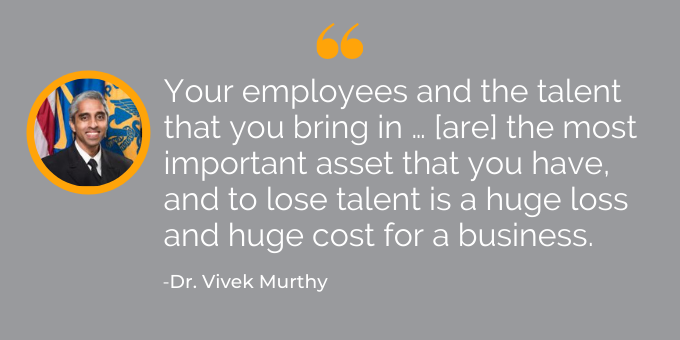
Dr. Murthy stressed the importance of management considering how employees may react to a workplace that they don’t feel is sufficiently safe for them.
5. Ensure Your Worksite PPE Fits
OSHA guidelines for selecting PPE say PPE should fit comfortably because it’s a factor that encourages better and consistent worker use.
That means size and cut are significant. PPE cannot be too big or too small to fit comfortably. And clothing or equipment with greater sizing options works better to accommodate various body types.
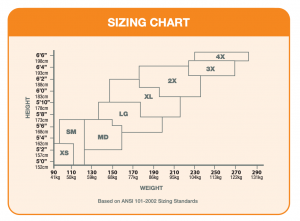
Caption: Most manufacturers supply sizing charts like this one for Liberty Glove and Safety’s Disposable Coveralls which have a range from XS to 4X.
Even with a great fit, without proper maintenance, the effectiveness of PPE cannot be assured. Maintenance should include inspection, care, cleaning, repair, and proper storage.
If carefully performed, inspections will identify damaged or malfunctioning PPE before it is used. PPE that is not performing up to the manufacturer’s specifications, such as eyewear that may have scratched lenses and has lost its ability to withstand impact should be discarded.
Procedures should be set up to allow workers to get new PPE or replacement parts for damaged PPE, and help them to keep the PPE clean. It is important to note, PPE that is not maintained or has malfunctions might be more dangerous to workers because they may feel protected when they are not.
6. Lead by Example
Employees remember not only your words but also your actions. They may need evidence there isn’t a double standard and that leadership practices what they preach. That’s why as a safety professional, it’s essential to lead by example.
But, you don’t have to do it alone. According to E. Scott Geller, Director of the Center for Applied Behavior Systems at Virginia Tech, workers that are given the responsibility of being safety leaders and caring for each other are empowered.
“Model the behavior you want to see, but be careful about the specifics and be mindful of what you’re modeling,” he said.
A safety leader may not be directly in charge of regulating PPE, but they could advocate for it. Encouraging that type of natural leadership in some of your workers means you don’t have to be everywhere at once.
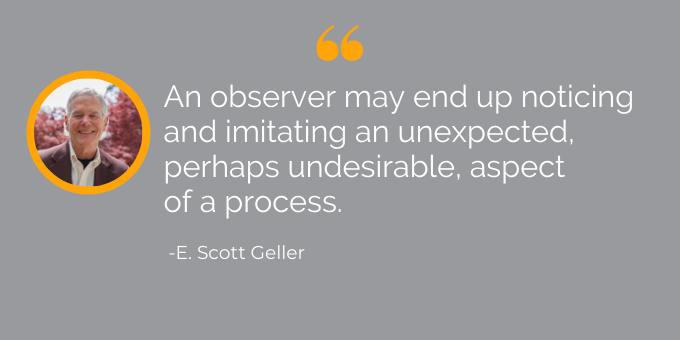
There’s More You Can Do
It may feel like there isn’t anything else you can do to encourage your workers to wear PPE. But, investing in quality PPE is an area where you have influence and a move that will make a difference in your worksite environment.
However, knowing where to go in the sea of PPE distributors that exist isn’t easy.
At Liberty Safety, we want to help. We provide the high-quality, branded PPE clothing and safety equipment you’re looking for. Get in touch today and learn more about our large selection of personal protective equipment.


